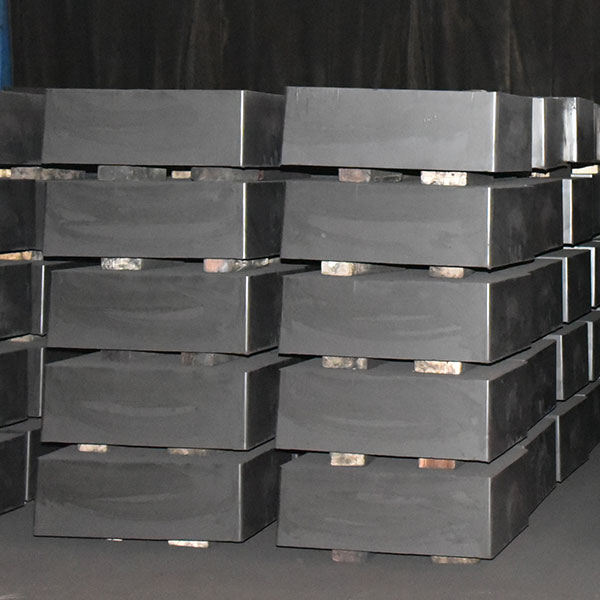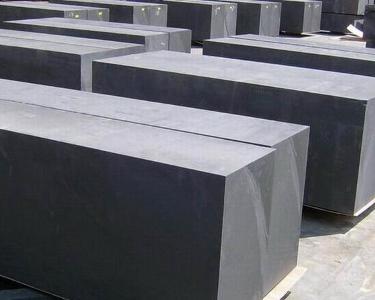Graphite blocks can be formed into various profiles to meet various needs after hot-melt cooling and plastic changes. I'll show you several kinds of graphene films, and you can simulate electronic proton exchange membranes on these electronic components, which can greatly reduce the heat of electronic components and at the same time extend their service life. In addition, we can also use graphene films to simulate the transmission signals of communication tools, thereby reducing channel signal loss and data loss. Graphene also enables many more scientific experiments.

Graphene film, including a series of industrial applications such as graphene/graphene film, graphene film, and thin film circuit. There are many kinds of technologies: graphene films are currently used in various industrial applications such as flexible ultrasonic circuits, thin film displays, and touch screens; More has a greater impact on performance. Graphene technology has advantages in the field of polymer materials.

Graphene thin films are very promising, but the commercial technology and molding technology disclosed are immature. Secondly, as a commodity, production and transportation are also a problem.

There has been a lot of work in the industry to use graphene to simulate nanomaterials, but it is not enough, because there are many targets for nanomaterials, such as lens simulation. From a certain point of view, graphene simulation of gratings can be said to be a Formulas, some angles can be another angle. One of the difficulties in the practical application of graphene films is that it is difficult to prepare low surface energy. The surface energy of some nanomaterials is very low, but if graphene is used, the surface energy of graphene will be greatly increased, resulting in crystal transfer. If graphene is used , the single crystal must be large, otherwise it is easy to lose some crystal properties.
Another difficult thing to overcome is that some of the energy lost by the crystal is irreversible. Usually, for high-level solids such as nano-metals or graphene films, due to the large surface energy, carbides are completely conductive, as two-dimensional materials or other metal carbides. It’s good to be able to do this, but starting from the microscopic metal, the reaction begins. We can do the composite effect of ta atoms, which is reflected in the nanometer thickness, that is, the nanometer metal atoms are basically non-repeating, and a composite phase is usually There are more than a few hundred electrons, but at the ultra-microscale of graphene, the composite phase can only play a relatively slight bonding effect. This bonding has no physical meaning, so the best example of nano-graphene is two-dimensional , or more microscopically.
